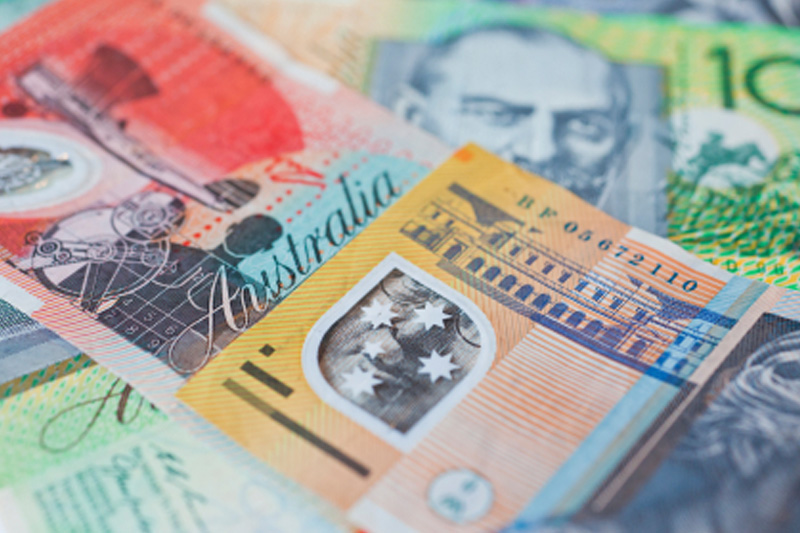* Aussie up after RBA tones down its weak currency views
* Loonie hits 11-year lows as oil prices sink on China worries
* Dollar holds steady vs euro, yen as commodity currencies weaken (Updates throughout)
By Shinichi Saoshiro and Ian Chua
TOKYO/SYDNEY, Aug 4 (Reuters) - The Australian dollar rose on Tuesday after the Reserve Bank of Australia took a more measured view on the currency's weakness, while the Canadian dollar languished at 11-year lows as a continuing selloff in oil prices thrust the loonie and other commodity currencies into the spotlight.
The U.S. dollar saw less action in Asia and steadied against the euro and yen, with weaker commodity currencies neutralising disappointing U.S. manufacturing activity data released overnight.
While the RBA left the cash rate unchanged at 2.0 percent as widely expected, it did not make an attempt to talk down the currency further as some in the market had braced for.
The central bank had consistently said the exchange rate was still high, particularly as commodity prices such as iron ore have fallen even more.
"Today's announcement was more implicit than explicit and suggests the RBA will be on hold for the foreseeable future," said Jasmin Argyrou, senior investment manager at Aberdeen Asset Management.
The Aussie was up 0.8 percent at $0.7340, edging away from a six-year trough of $0.7234 set last week.
Other commodity currencies like the Canadian dollar did not fare as well.
In a bearish turn of events for currencies of oil exporters, crude prices slid a further 5 percent overnight to their lowest since January after weak factory activity in China deepened a commodity-wide rout.
The Canadian dollar last traded at C$1.3165 per USD, after a low of C$1.3176 - a level not seen since August 2004.
"The longer that crude takes to recover, the greater the risk to energy capex plans for 2016 which in turn feeds into the Bank of Canada's projections and lowers the hurdle for further easing down the line," said Elsa Lignos, senior currency strategist at RBC Capital Markets.
"Next resistance targets for USD/CAD are 1.3246 and 1.3383 though it will take ongoing crude weakness to maintain the USD/CAD rally."
The Russian rouble reached a five-month low around 63.618 per USD.
In contrast, the G3 currencies marked time ahead of key U.S. jobs data due later in the week. The dollar was steadier at 123.97 yen JPY= , while the euro dipped 0.1 percent to $1.0940 EUR= .
Dollar bulls are now counting on non-farm payrolls on Friday to strengthen the chances of a September hike in interest rates.
"The market is not just focused on U.S. employment, but some continue to eye wages and inflation as well," said Masashi Murata, senior currency strategist at Brown Brothers Harriman in Tokyo.
"I don't see the decline in commodities impacting the Fed's rates decision, but those who do not share such a view see lower commodities as a dollar-bearish factor," he said.
Depending on U.S. indicators released before Friday's payrolls, "the dollar could experience some volatility," Murata said.
The New Zealand dollar dipped 0.1 percent to $0.6560 NZD=D4 but held above a six-year low of $0.6498 plumbed last month.
